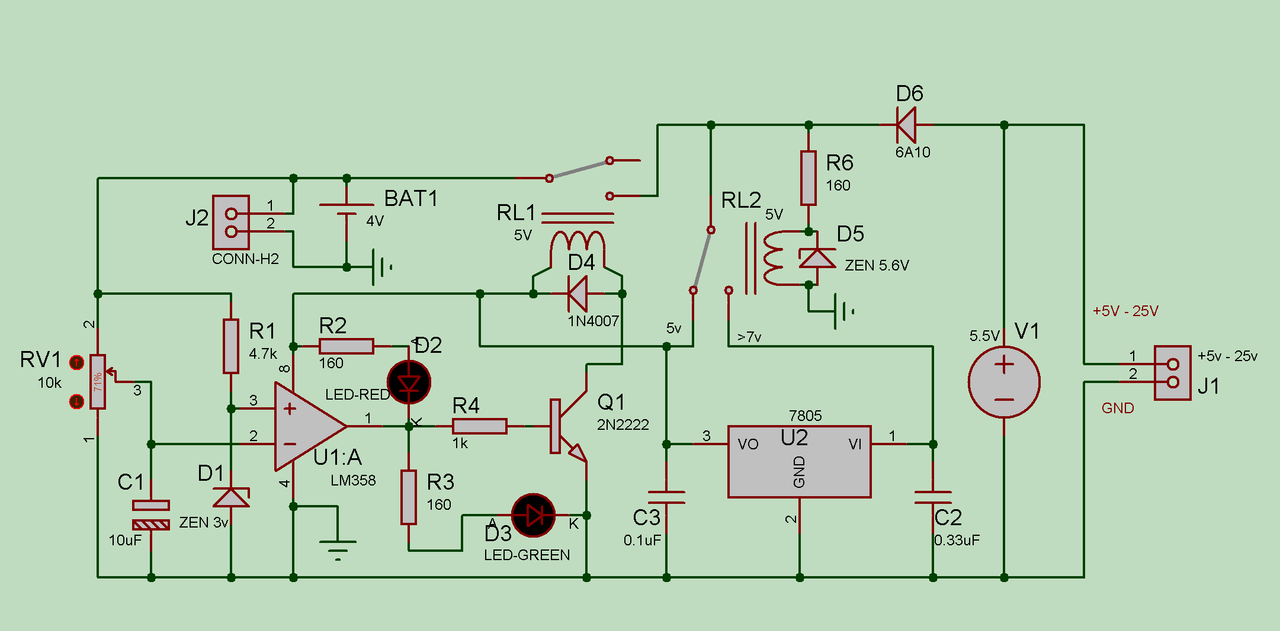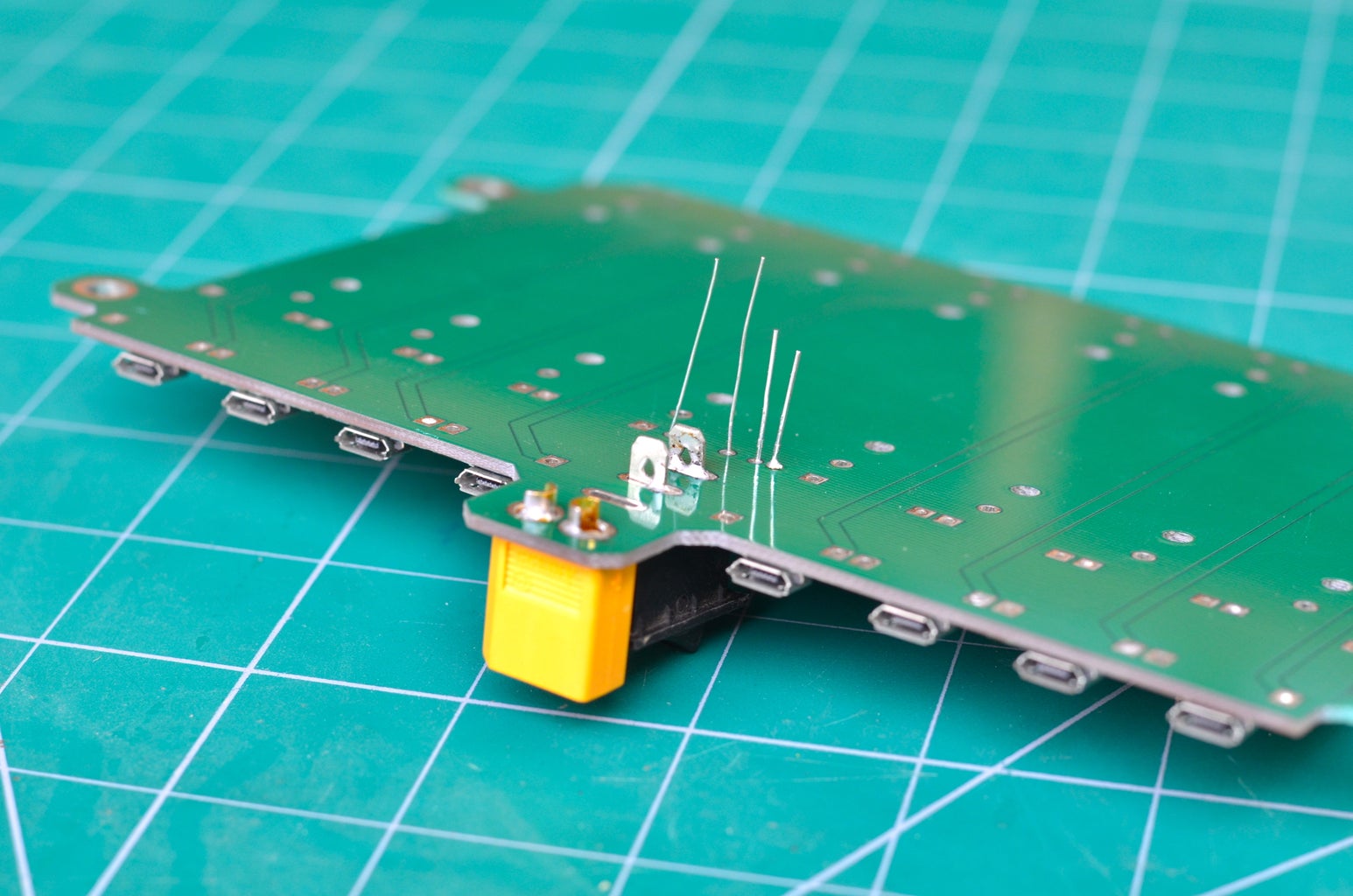ion Battery Charger 8 Steps with Pictures Circuit Diagram In this tutorial, we are going to make a "Li-Ion Battery Charger Circuit". Lithium-based batteries are a flexible method for storing a high amount of energy. They have one of the most elevated energy densities and specific energy (360 - 900 kJ/kg), as compared to other rechargeable batteries. Unlike, a lead-acid battery, a Li-Ion battery

To conclude, this simple li-ion battery charger circuit is important to recognize the limitations of a basic LM317 circuit, even though it can produce a working charger. Use specialized Li-ion charger ICs with built in safety features for dependable and safe charging, particularly for expensive batteries or high power applications. References

How to Build an 18650 Lithium Battery Charger and Booster Module Circuit Diagram
The following Li-Ion battery charger circuit very efficiently follows the above conditions such that the connected battery is never allowed to exceed its over charge limit. When the IC 555 is used as a comparator, its pin#2 and pin#6 become effective sensing inputs for detecting the lower and the upper voltage threshold limits depending upon Building the 3.7V Li-Ion battery charger. Construction of this charger circuit is undoubtedly a difficult exercise for many beginners and hobbysists because the task calls for perfect skill in SMD soldering/prototyping. Fortunately, readymade Li-Ion Battery Charger Modules are now available at many online stores. You cannot "trickle charge" a lithium battery. If you keep pushing current in, the voltage just keeps on rising until the battery catches fire. If you keep a constant voltage, the current

The circuit diagram for 18650 Lithium Battery Charger & Booster Module is given above. This circuit has two main parts, one is the battery charging circuit, and the second is DC to DC boost converter part. The Booster part is used to boost the battery voltage from 3.7v to 4.5v-6v.

How to Charge a Battery Bank: Full Circuit Diagram
Li-Ion Battery Charging. Li-Ion batteries are commonly used in smartphones, laptops, and other portable electronics. These batteries are charged using a constant voltage source, typically around 4.2 volts per cell. It is important to avoid overcharging a Li-Ion battery, as this can cause damage and reduce its lifespan. The suggested 220V Li-ion Battery Module charger circuit is depicted in the accompanying figure. Let's examine how it operates in more depth using the following description: Circuit Diagram In order for the SCR to always start with a momentary switch on anytime the circuit is switched on, irrespective of whether or not the battery is attached
